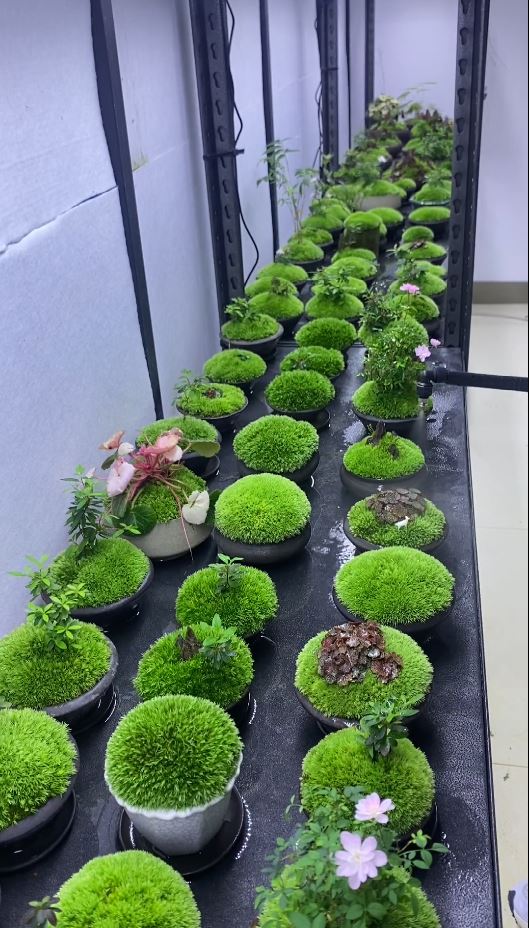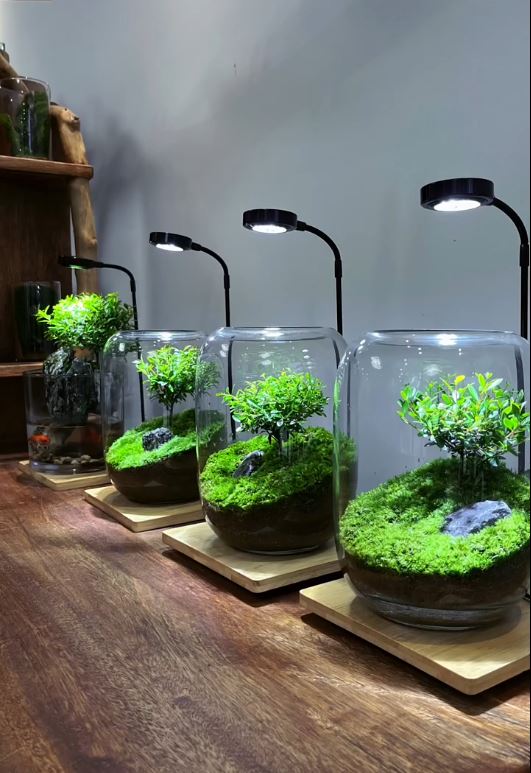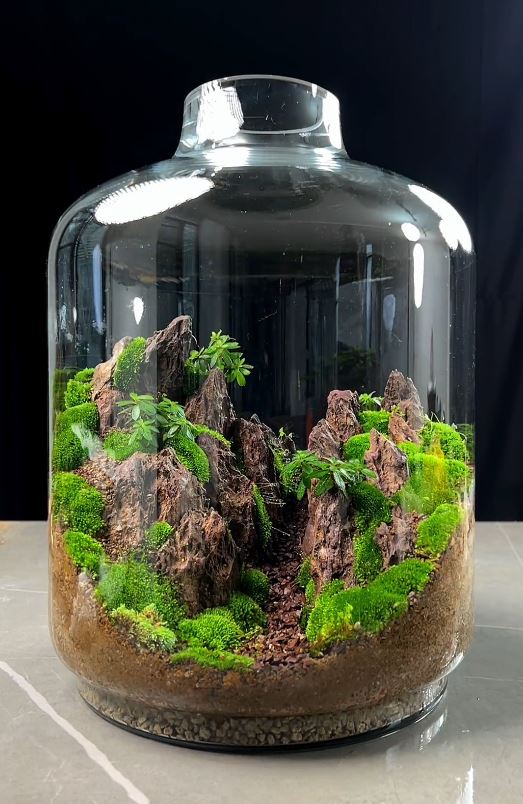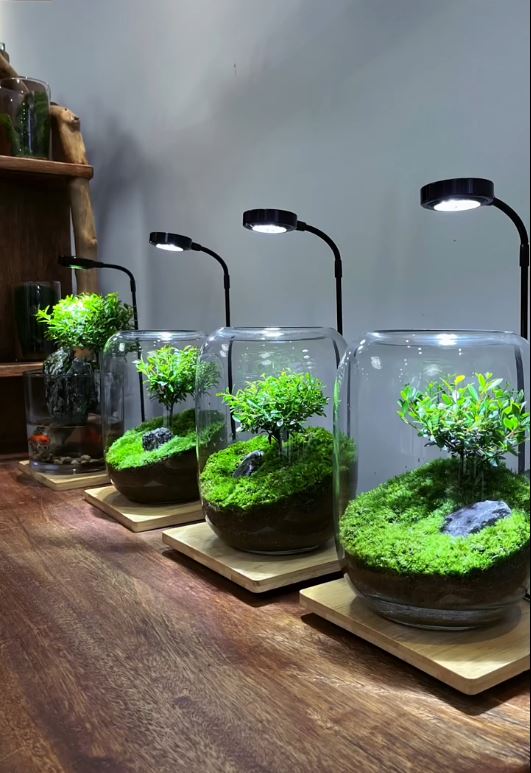Moss Plant: Characteristics and Ecological Importance
Mosses are small nonvascular spore-bearing land plants, with at least 12,000 species distributed worldwide, except in salt water, and commonly found in moist shady locations
1. They are best known for carpeting woodland and forest floors and play a vital role in the development of new ecosystems, stabilizing soil surfaces, retaining water, and aiding in soil erosion control
2. Mosses are non-flowering plants that produce spores and have stems and leaves, but don’t have true roots







Moss Plant Structure and Reproduction
Mosses do not have seeds and after fertilization develop sporophytes with unbranched stalks topped with single capsules containing spores. They typically range from 0.2 to 10 cm in height, with some species growing much larger
3. Mosses reproduce through spores and have an alternation of generations, with the gametophyte generation producing eggs and sperm, and the sporophyte generation producing spores
1.
Ecological Role and Economic Importance
Ecologically, mosses break down exposed substrata, release nutrients for more complex plants, aid in soil erosion control, and are important in the nutrient and water economy of some vegetation types. Economically important species are those in the genus Sphagnum that form peat, which has various uses including as a fuel and for absorbing water
1.
Conclusion
Mosses are fascinating plants that play a crucial role in various ecosystems, from stabilizing soil surfaces to aiding in soil erosion control. Their unique characteristics and ecological importance make them an essential component of many biodiverse habitats across the world.







